
Luminato marks 10 years with its best festival to date
The 10th edition of the Luminato Festival wrapped up last night at the Hearn Generating station, capping off two weeks of artistic and cultural activity in a space that was almost unthinkable for such a purpose just a few years ago. To say that this year's version of the festival was a success would be a wild understatement.
What Luminato has actually done is presented a vision for how Toronto might think about cultural festivals and its built heritage. The festival has also staked a claim for the future of the Port Lands, a neighbourhood with vast potential that's only beginning to be charted out, a series of doodles akin to a Frank Gehry sketch.
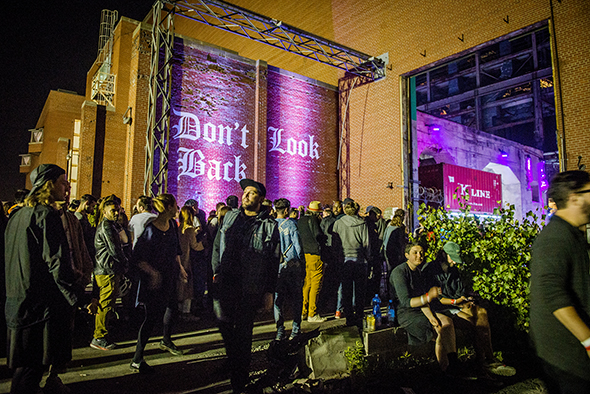
There were some hiccups to be sure (the lineups at Unsound come to mind), but this year proved just how adaptable the Hearn is as an arts venue. Luminato had to stretch its $11 million budget to the brink to convert the old power plant into the festival hub, but thanks to a bit of genius from architecture and design firm PARTISANS, it all somehow managed to work.
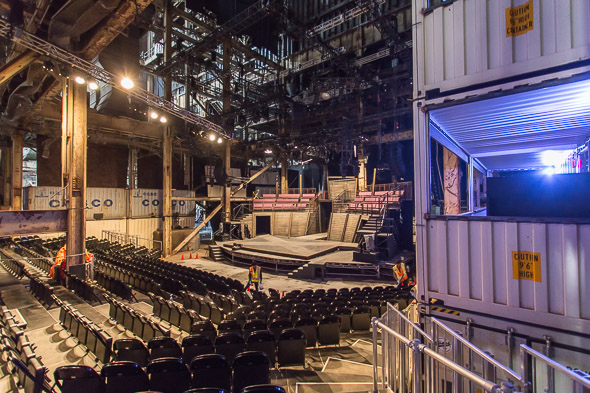
As far as highlights go, there are some obvious candidates. Whether you care for theatre or not, the space that played host to the James Plays was perhaps the most significant sign that the Hearn's potential for the arts is unparalleled.
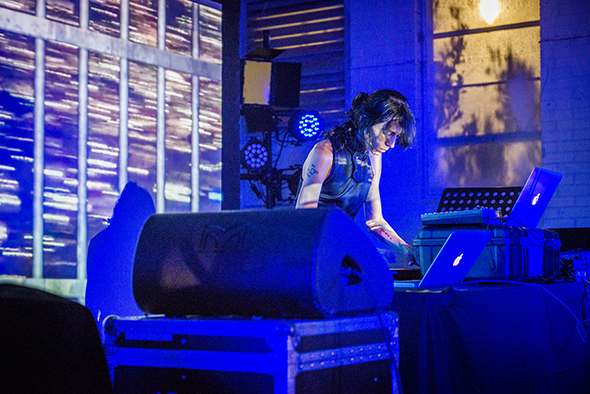
And, aside from the congestion on the way in, Unsound was as visually and sonically dazzling as last year. You might think of it as the anti-Field Trip. There are no bouncy castles here, just brooding music in a setting that draws out all its layers.
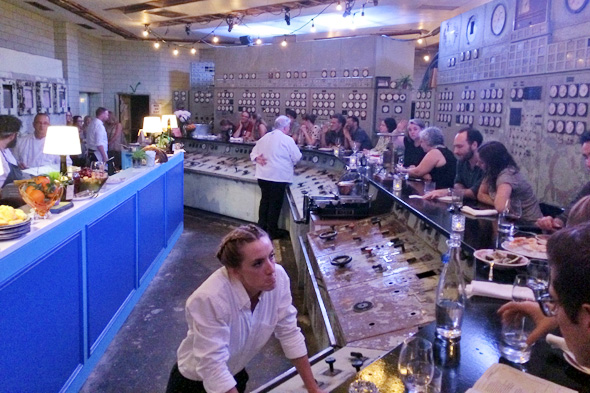
Le Pavillon also lived up to the hype and then some. Less a pop-up than a chance for Toronto's restaurateur's to get together and have some fun, it was a little signal that our culinary endeavors seem to do best the less conservative and proper they are.
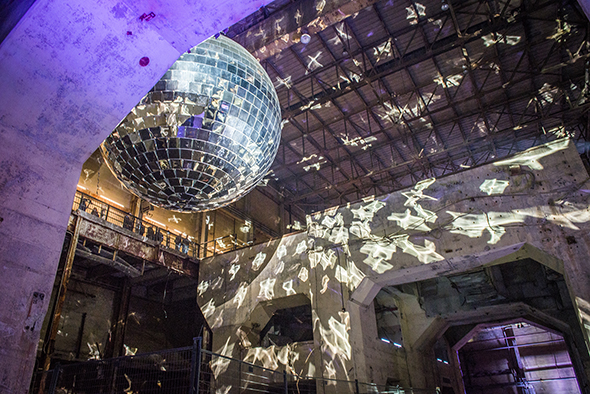
The (somewhat) late decision to incorporate Michel de Broin's One Thousand Speculations into the space was a superb idea for the Instagram generation, providing a natural focus point for visitors to prove that they were actually in attendance at this improbable art event inside an abandoned industrial building.
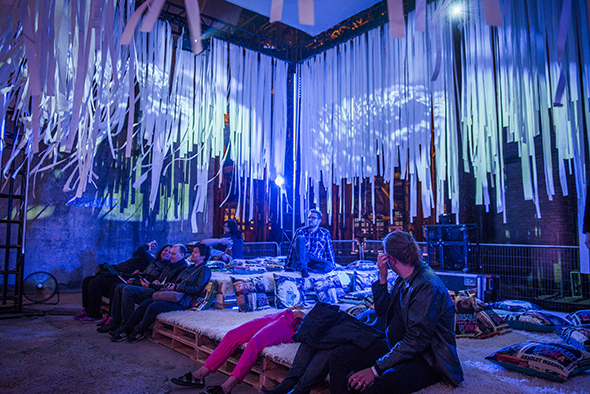
That shouldn't be brushed off as insignificant. One of the ways that outgoing festival director Jรถrn Weisbrodt succeed in making Luminato more relevant than ever was by engaging a younger demographic. If the festival did its best ticket sales ever this year, it's because the Hearn made attendance almost compulsory for the artistically engaged in this city.
And that's how some of the less hyped and heralded highlights came to pass. I'd like to think that my colleague Phil Villeneuve's short-notice dance sequence filmed at the Hearn in the wake of the Orlando shootings demonstrated that Luminato organizers understood how important it was to use the space as a platform for artistic response to tragedy.
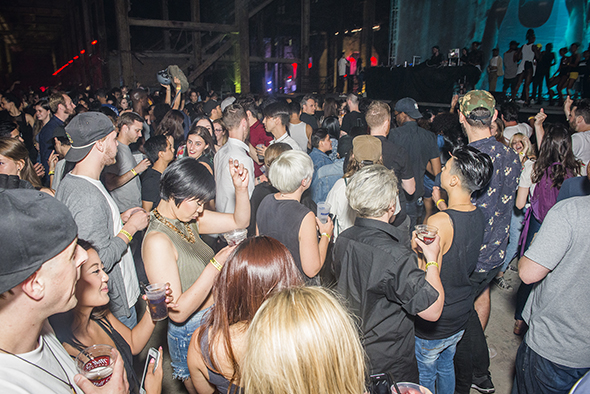
Similarly, the joint dance party from Dudebox and Yes Yes Y'All was tremendously charged, but also a reminder that this version of Luminato's ultimate success is rooted in diverse programming that engages various communities and artistic practices and then assembles them under one roof to rub up against one another and produce dialogue.
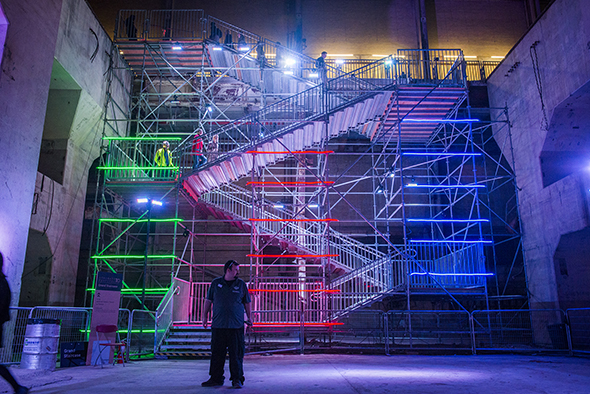
There's no official word if Luminato will be back at the Hearn for 2017, but given that there's been no indication otherwise, you can bet that the festival will build on the foundation it has laid this year. Incoming festival director Josephine Ridge will have big shoes to fill, but what an exciting challenge to approach.
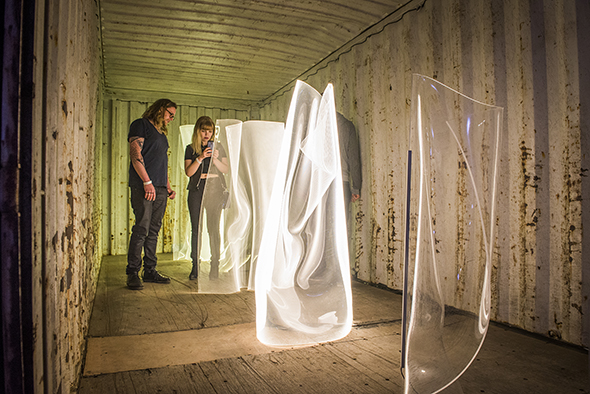
The Port Lands isn't a natural setting for an arts festival. It takes a bold vision to make it all work. That, more than anything else, is the lesson to take from Luminato this year. We can do amazing things like this, Toronto. It takes creativity, risk, and and a whole lot of will to see it through. We've got the first of these traits down pat, but we can continue to work on and embrace the other two.
Photos by Hector Vasquez and Andrew Williamson.
Latest Videos
Latest Videos
Join the conversation Load comments







